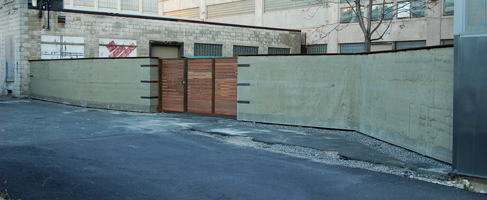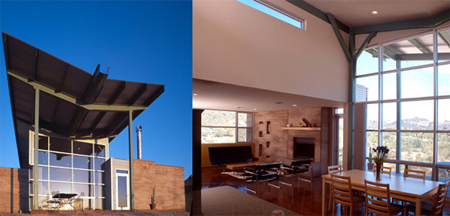
El V? SIACOT SEMINARIO IBEROAMERICANO DE CONSTRUCCIÓN CON TIERRA y el I? SAACT SEMINARIO ARGENTINO DE ARQUITECTURA Y CONSTRUCCION CON TIERRA apunta un doble objetivo. Por una parte, reunir a los científicos, tecnólogos y profesionales que trabajan en torno al tema en la región: desde el pasado hacia el presente, desde el patrimonio cultural de arquitecturas de tierra, al uso actual de la tierra estabilizada. Por la otra, posibilitar el desarrollo de un espacio de discusión que permita evaluar resultados hacia futuro, el desarrollo de los programas y proyectos en marcha. La rica y vasta dimensión de lo histórico constituye la base ineludible para la recuperación en la práctica del uso de estas antiguas tecnologías. Más informaciones





